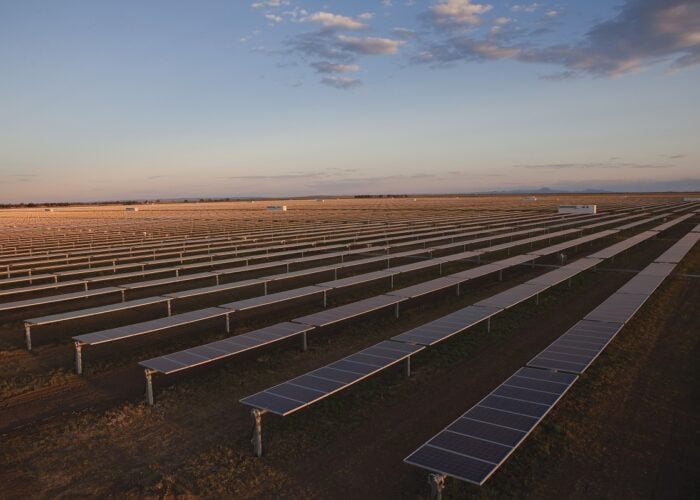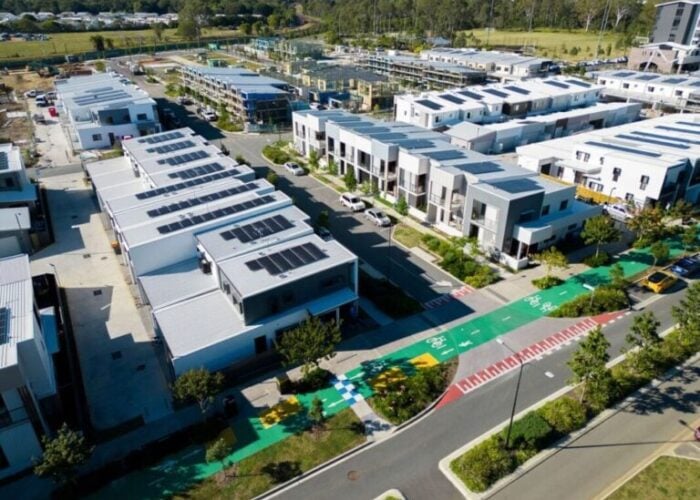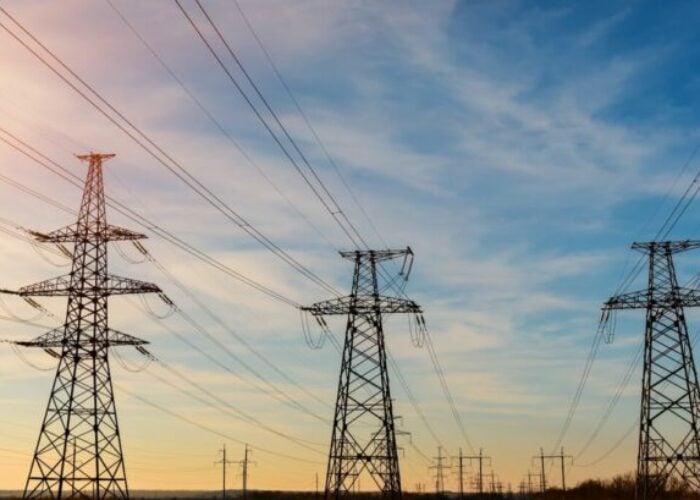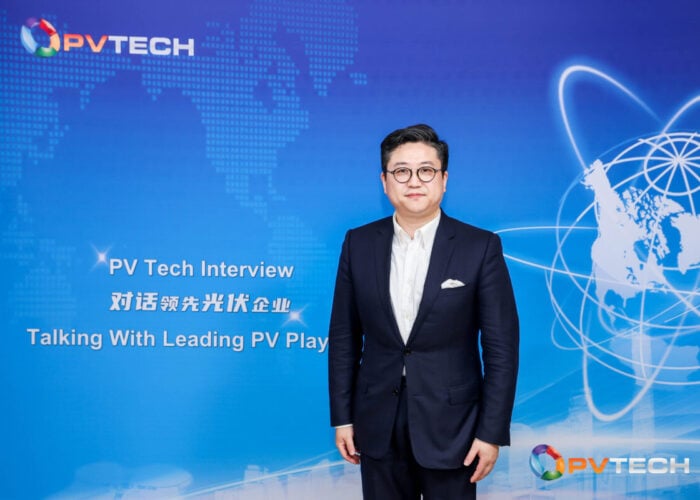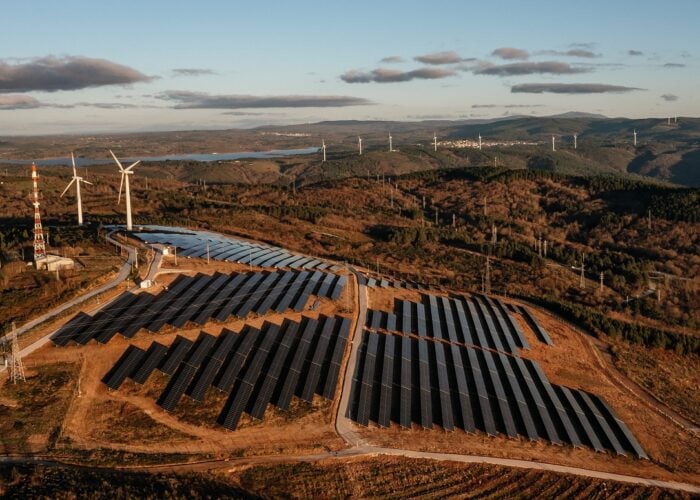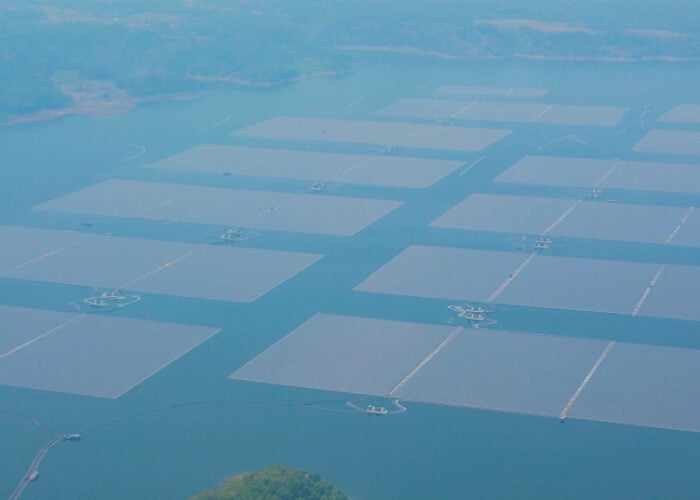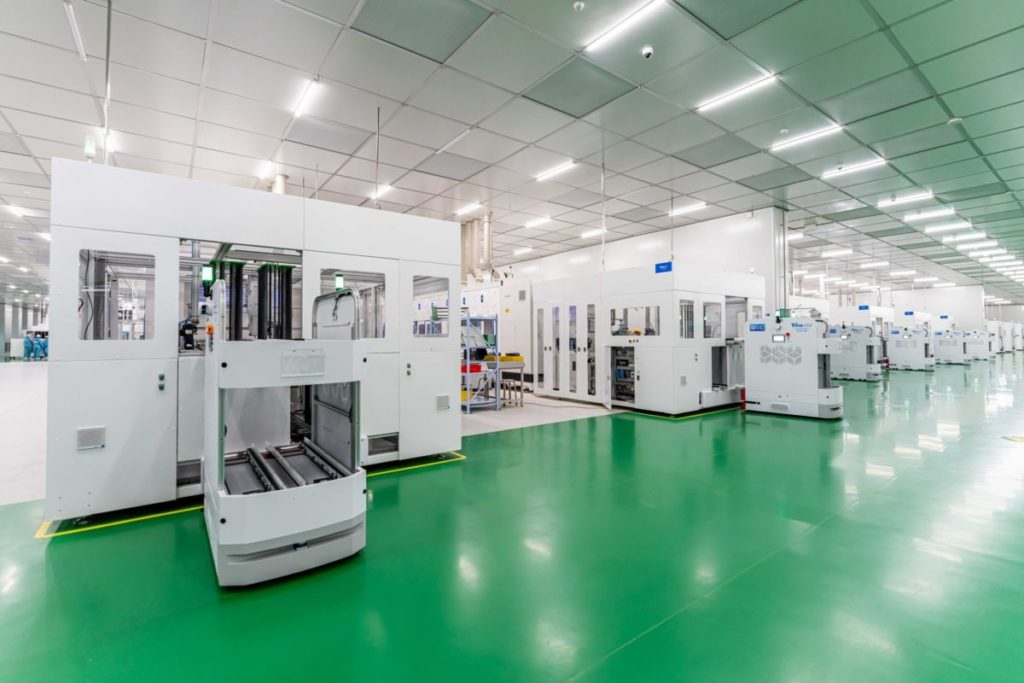
Major Chinese solar manufacturer Trina Solar has expanded operations at its Vietnam solar wafer manufacturing facility.
Since beginning operations in August 2023, Trina said it has more than doubled the workforce at the Thai Nguyen facility and expanded operations to produce solar cells and modules, as well as wafers.
Unlock unlimited access for 12 whole months of distinctive global analysis
Photovoltaics International is now included.
- Regular insight and analysis of the industry’s biggest developments
- In-depth interviews with the industry’s leading figures
- Unlimited digital access to the PV Tech Power journal catalogue
- Unlimited digital access to the Photovoltaics International journal catalogue
- Access to more than 1,000 technical papers
- Discounts on Solar Media’s portfolio of events, in-person and virtual
Or continue reading this article for free
It is currently ramping up capacity to a total production of 6.5GW of 210mm monocrystalline wafers, 4GW solar cells and 5GW modules.
Trina said that the site produces n-type tunnel oxide passivated contact (TOPCon) products, namely its i-TOPCon advanced cell technology Vertex series.
Elva Wang, head of Southeast Asia, Trina Solar Asia Pacific, said: “Our Vietnam factory is our largest outside China and is doing high value, advanced manufacturing such as turning wafers into solar cells as well as module assembling. Trina Solar’s high-performance Vertex modules manufactured in Vietnam are sold locally and throughout Asia and the world.”
An August 2023 report found that Southeast Asia’s growing solar manufacturing sector could create US$100 billion in new revenue. Many large Chinese manufacturers have joined Trina in establishing regional facilities, including Canadian Solar, which established a 5GW n-type wafer plant in Thailand.
In its public statement Trina Solar emphasised its activity and deployments in the Vietnamese market, including floating and ground-mounted solar projects. However, much of the discussion around manufacturing capacity in Southeast Asia is pointed towards the US market.
Both Trina Solar and Canadian Solar were found guilty of circumventing US antidumping and countervailing duty (AD/CVD) import tariffs in August last year. The Department of Commerce (DOC) said five companies had been relocating portions of their supply chains from China to Southeast Asia for “minor processing” to circumvent US tariffs on Chinese products.
Trina Solar and Canadian Solar’s wafer facilities have become operational since the DOC’s ruling; solar cells and modules are subject to AD/CVD tariffs if made with a Chinese wafer, but wafers made in Southeast Asia qualify for exemption.
Recently, a new AD/CVD petition was launched seeking to extend the tariffs and restrict solar products in Southeast Asia from entering the US without paying duties. Speaking last month in London, PV Tech head of research Finlay Colville said that he expected this new petition to succeed and ultimately shift Southeast Asian solar shipments from the US to Europe and other markets.

